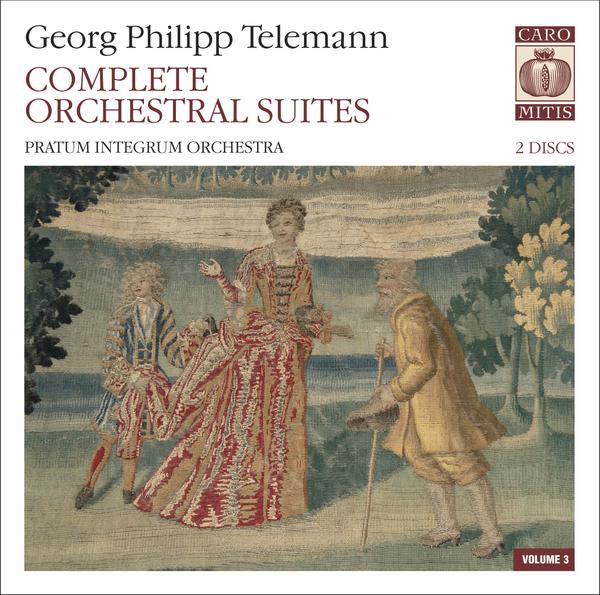
Pratum Integrum Orchestra – Georg Philipp Telemann: Complete Orchestral Suites Vol.3 (2010)
PS3 Rip | ISO | SACD DSD64 2.0 & 5.0 > 1-bit/2.8224 MHz | 00:47:23 + 00:58:10 mins | Scans included | 5,66 GB
© Caro Mitis | Item Number: CM 0032008-2 | Genre: Classical
If I hear the first part of a good overture I experience a peculiar elevation of my mood; during the second part my spirits spread out, full of delight; and when the serious ending comes along, they collect themselves and retreat to their usual abode. I think this is a pleasant alternation which an orator could hardly improve upon. A close observer might be able to trace these emotions in the mien of an attentive listener. (Johann Mattheson, Der vollkommene Capell-Meister, Hamburg 1739, p. 208, § 36) Johann Mattheson (1681–1764), the contemporary and fellow musician of Georg Philipp Telemann (1681–1767), here puts into words what music connoisseurs particularly liked about a large group of instrumentalists playing together in the typical manner of a musical introduction to a French theatre performance: the beginning – nearly always marked by dotted rhythms – which draws in the audience with its broadly declamatory, harmonically rich presentation; the lively continuation based on the imitative texture of the various parts, which encourages a sophisticated manner of listening; and finally the return to the initial affect, often seasoned with a temporary harmonic deviation. This artful succession of concentration, distraction, and again concentration was an excellent way to prepare for what was to follow – a stagedpresentation or an instrumental suite.
The Russian historical-performance group Pratum Integrum has embarked on a complete recording of Georg Philipp Telemann’s orchestral suites, which number more than 100. This debut album includes three of them in a program lasting just over 52 minutes, and though the dimensions of the project are daunting, the initial indications are good. Like Bach’s suites, Telemann’s are collections of French-style dances, some of them formally fixed like sarabandes and courantes, while others give freer play to the imagination. Imagination is Telemann’s strong suit, and the collection of unusually conceived movements keeps these suites lively, and presumably those to come will be the same way. Consider the musical-joke-like “Galimatias en Rondeau” (track 12) from the Suite in E minor, TWV 55:e3, with its comically contrasting strains (a galimatias is a representation of gibberish), or the “Irlandoise” (track 3) from the D minor suite, TWV 55:d2, a kind of Irish jig, or the explicitly programmatic pieces of which Couperin would have been proud. Also intriguing is the movement sequence of the Suite for orchestra in D minor, which ends with a movement marked “Entrée.” You might suspect a copyist’s error if not for the odd middle-of-the-conversation opening of the Overture; perhaps the piece was intended for some kind of special occasion in which the music would end with the “entrée” of an important personage. The Pratum Integrum Orchestra, predominantly young, is promising indeed. It doesn’t yet have the orchestra-of-virtuosi quality of some of its Western European counterparts, but its performances have a briskly enjoyable quality with plenty of percussive rhythmic drive in the continuo. One looks forward to future releases in the series. Notes are in Russian, German, and English; they’re informative and enthusiastic, as is usual for this label, but annotator Anna Bulycheva kills Telemann off too early when she refers to 1737 as “towards the end” of his life; he lived for another 30 years. The sound is not up to the usual audiophile standard of the Caro Mitis label; close-up microphone placement and a steely edge highlight instrument noise that Telemann’s audiences would have found bizarre. ~~ AllMusic Review by James Manheim
Tracklist:
Georg Philipp Telemann (1681-1767)
Disc I
Orchestral suite in D major for strings, basso continuo, two oboes and bassoon colla parte (TWV 55: D12)
1 I. Ouverture [5:55]
2 II. Perpetuum mobile [1:39]
3 III. Sarabande [2:19]
4 IV. Bourrée [1:08]
5 V. Menuet [3:16]
6 VI. Tourbillon [1:50]
7 VII. Gigue [1:19]
Orchestral suite in B flat major for strings, basso continuo, two oboes and bassoon colla parte (TWV 55:B3)
8 I. Ouverture [6:03]
9 II. La Discrétion [1:27]
10 III. Menuet [1:52]
11 IV. Courante [1:38]
12 V. La Grimace [1:09]
13 VI. La Doute [2:00]
14 VIII. Le Sommeil [3:11]
15 IX. Mercure [0:44]
Orchestral suite in D minor for strings, basso continuo, two oboes and bassoon colla parte (TWV 55:d1)
16 I. Ouverture [4:44]
17 II. Passepied [2:07]
18 III. Entrée [1:36]
19 IV. Loure [1:13]
20 V. Rondeau [1:45]
Tracks 8–20 are world premiere recordings
Disc II
Orchestral suite in B minor for strings, basso continuo, two oboes and bassoon colla parte (TWV 55:h3)
1 I. Ouverture [4:25]
2 II. La Prude [2:06]
3 III. Gavotte [0:56]
4 IV. Gigue [1:19]
5 V. Rigaudon [2:38]
6 VI. Menuet [2:33]
7 VII. Rondeau [1:30]
8 VIII. Canarie [1:19]
Orchestral suite in E major for strings and basso continuo (TWV 55:E1)
9 I. Ouverture [6:04]
10 II. Loure [1:51]
11 III. Marche [1:59]
12 IV. Air [1:40]
13 IV. Passepied [0:41]
14 V. Angloise [1:11]
15 VI. Les Furies [1:32]
16 VII. Rigaudon [0:57]
17 VIII. Menuet [2:32]
18 IX. Hanasky [1:01]
Orchestral suite in G major for violin, strings and basso continuo (TWV 55:G6)
19 I. Ouverture [7:41]
20 II. Entrée [2:56]
21 III. Bourrée [2:17]
22 IV. Loure [4:38]
23 V. Rondeau [0:56]
24 VI. Menuet [2:54]
Tracks 1-8, 19-24 are world premiere recordings
Personnel:
Pratum Integrum Orchestra
Note:
Recorded: 25 –29.08.09 5th Studio of The Russian Television and Radio Broadcasting Company (RTR) Moscow, Russia
SACD ISO
2010C0mplete0rchestralSuitesV0l.3SACDR.part1.rar
2010C0mplete0rchestralSuitesV0l.3SACDR.part2.rar
2010C0mplete0rchestralSuitesV0l.3SACDR.part3.rar
2010C0mplete0rchestralSuitesV0l.3SACDR.part4.rar
2010C0mplete0rchestralSuitesV0l.3SACDR.part5.rar
2010C0mplete0rchestralSuitesV0l.3SACDR.part6.rar




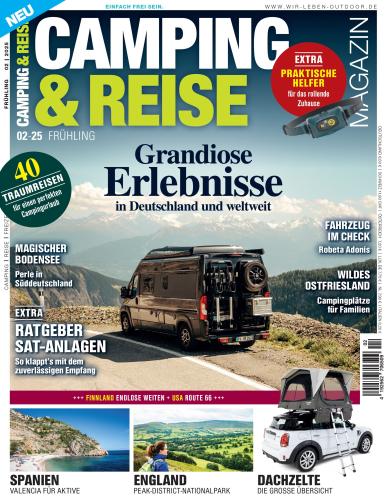














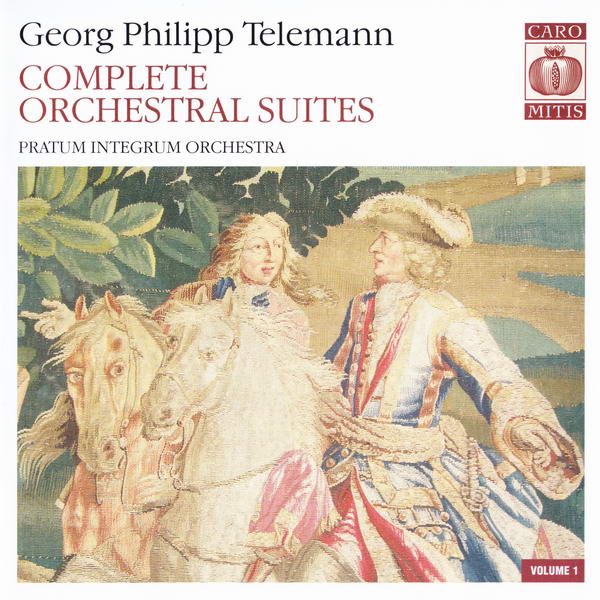
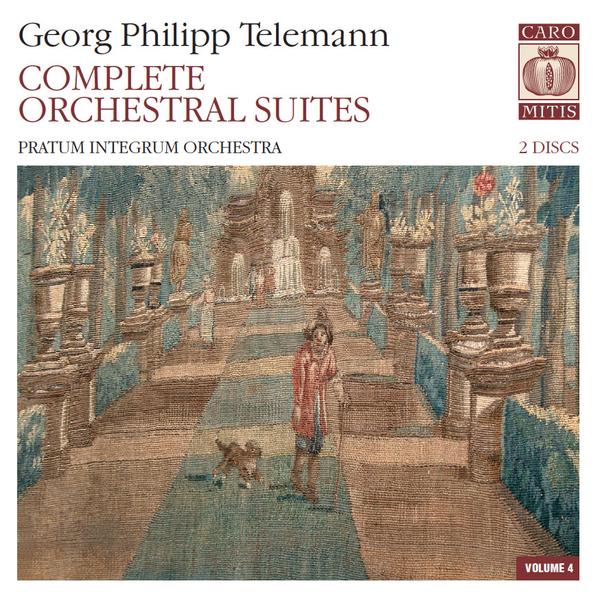
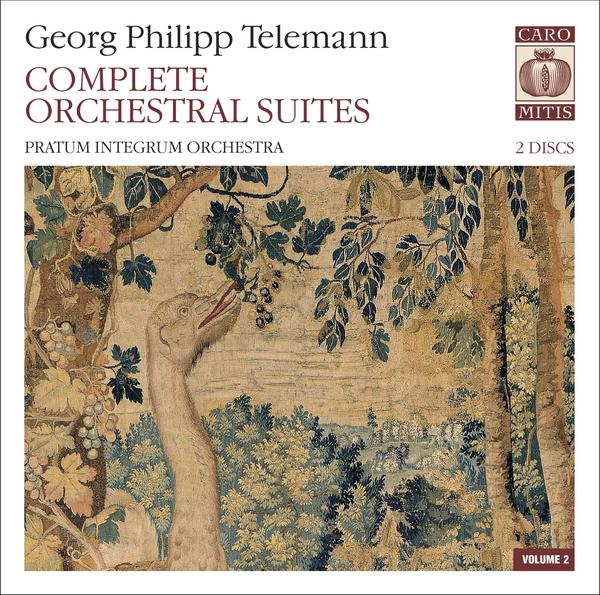
![Pratum Integrum Orchestra - Anton Ferdinand Tietz: Instrumental Music (2004) [MCH SACD ISO] Pratum Integrum Orchestra - Anton Ferdinand Tietz: Instrumental Music (2004) [MCH SACD ISO]](https://imghd.xyz/images/2024/06/04/327e0a69e067d75f148c0b6f78db4083.jpg)